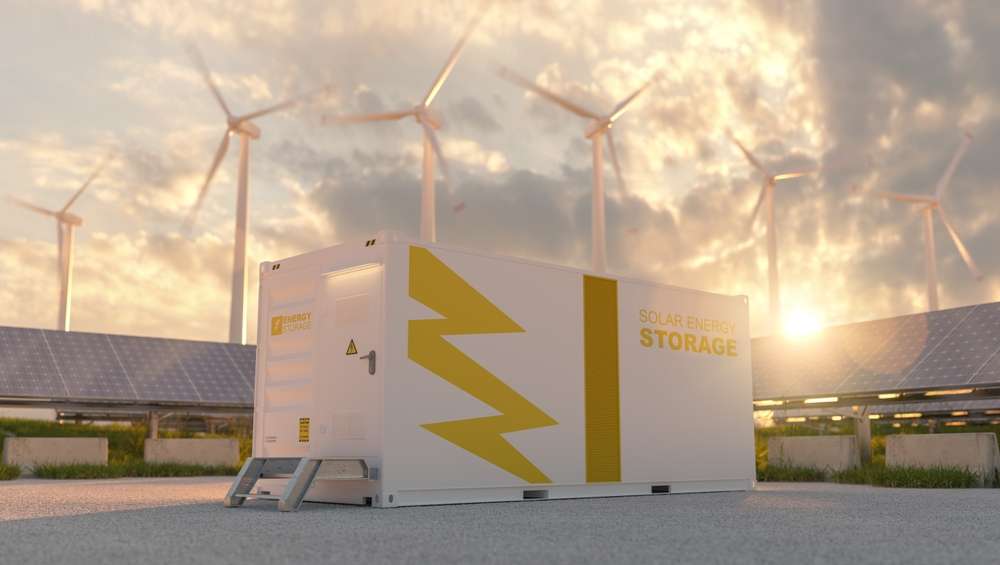Solar Panel Upgrades & Battery Incentives
Homeowners across Australia are increasingly looking at ways to enhance their solar energy systems while taking advantage of government incentives. Solar panel upgrades and battery storage systems offer significant opportunities to improve energy efficiency, reduce electricity bills, and benefit from various rebate programs. Understanding the financial incentives available and the potential returns from upgrading existing solar installations can help homeowners make informed decisions about their renewable energy investments.

Benefits of Upgrading Your Solar Panels for Increased Efficiency
Modern solar panels deliver substantially higher efficiency rates compared to older installations. Current photovoltaic technology can convert 20-22% of sunlight into electricity, while panels from a decade ago typically achieved only 15-17% efficiency. This improvement means homeowners can generate more power from the same roof space, reducing reliance on grid electricity and lowering monthly energy bills.
Upgrading also introduces smart monitoring capabilities that track energy production in real-time. These systems identify performance issues quickly, ensuring optimal output throughout the day. Additionally, newer panels come with extended warranties, often 25 years for performance guarantees, providing long-term peace of mind for homeowners investing in renewable energy.
Exploring Government Incentives for Home Battery Storage Systems
Australian governments offer various incentives to encourage battery storage adoption. The federal Small-scale Renewable Energy Scheme provides certificates that reduce upfront costs for eligible battery systems. State-specific programs add additional benefits, with Victoria’s Solar Battery Rebate offering up to $2,950 for qualifying installations.
South Australia’s Home Battery Scheme provides subsidies and low-interest loans for battery storage systems. These programs recognize that battery storage enhances grid stability while providing backup power during outages. Queensland’s Battery Booster program offers interest-free loans, making energy storage more accessible to homeowners across different income levels.
How Solar Panel Upgrades Can Lower Energy Bills
Upgraded solar systems generate more electricity during peak sunlight hours, directly reducing grid consumption. Higher efficiency panels produce additional kilowatts that can power household appliances, heating systems, and electric vehicle charging. This increased generation capacity translates to lower electricity bills, particularly during summer months when air conditioning usage peaks.
Net metering arrangements allow excess solar energy to be fed back into the grid, earning credits that offset evening electricity consumption. Modern inverter technology optimizes power conversion, ensuring maximum energy harvest from available sunlight. Combined with time-of-use electricity tariffs, strategic energy consumption during solar production hours maximizes savings potential.
Understanding Tax Credits and Rebates for Solar and Battery Installations
The federal government’s Small-scale Technology Certificates reduce installation costs for both solar panels and battery systems. These certificates are created based on system size and location, with values fluctuating according to market demand. Homeowners typically receive the certificate value as an upfront discount through their installer.
Additional rebates vary by state and territory. New South Wales offers the Empowering Homes program with interest-free loans for solar and battery installations. Western Australia provides rebates through the Distributed Energy Buyback Scheme, while Tasmania offers the Battery Energy Storage System rebate for eligible households.
| System Type | Provider | Cost Estimation |
|---|---|---|
| 6.6kW Solar Upgrade | SolarQuotes | $4,500 - $7,500 |
| 10kWh Battery System | Tesla Powerwall | $12,000 - $16,000 |
| Combined Solar + Battery | Enphase Energy | $18,000 - $25,000 |
| Micro-inverter System | SMA Solar | $6,000 - $9,500 |
Prices, rates, or cost estimates mentioned in this article are based on the latest available information but may change over time. Independent research is advised before making financial decisions.
Maximizing Return on Investment Through Strategic Planning
Successful solar upgrades require careful assessment of current energy usage patterns and future needs. Professional energy audits identify opportunities for efficiency improvements that complement solar installations. Timing upgrades to coincide with available incentive programs maximizes financial benefits while ensuring compliance with changing regulations.
Battery sizing should align with household consumption patterns rather than maximum storage capacity. Oversized systems increase upfront costs without proportional benefits, while undersized batteries may not provide adequate backup power during outages. Working with certified installers ensures proper system design and eligibility for warranty coverage and government incentives.
Regular maintenance and monitoring optimize long-term performance, protecting the investment while maintaining efficiency levels. Modern systems include remote monitoring capabilities that alert homeowners to performance issues, enabling prompt maintenance that prevents revenue loss from reduced energy generation.




